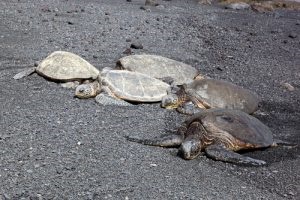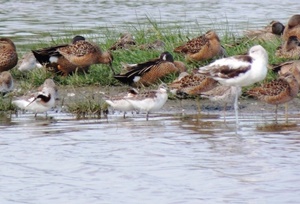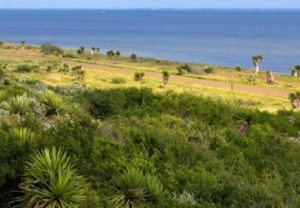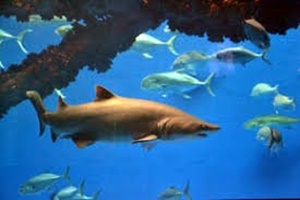Scientific institutions and conservation groups have come to the Texas coast over the years to build laboratories, preserves, rescues, and aquariums for studying and protecting the diverse wildlife. Many beach lovers want to educate themselves about how they can protect this beautiful area. Below, you’ll find a list of those institutions where you can enjoy and educate yourself all about the coast as you learn more about Texas coastal aquariums, labs, and preserves.
Texas Sealife Center – Corpus Christi
The Texas Sealife Center recognized the need for support of wildlife on the coast where they are dedicated to the rescue, rehabilitation, and release of coastal and aquatic wildlife.

See what else Corpus Christi has to offer.
UT Rio Grande Valley Coastal Studies Laboratory – South Padre Island
Lab studies include studying beach conditions along the coast, such as water quality, harmful algal bloom, surf, weather, and fish reports. They also conduct tours by certified coastal naturalists, provide educational opportunities, and conduct enhanced research.

South Padre Island is one place you will not want to miss while you’re in Texas. Look at some of the other favorite attractions at South Padre. While your there, you’ll want to visit the pirate ship.
The Brazoria National Wildlife Refuge Big Slough Recreation Area – Freeport
Opening in 1980, Brazoria National Wildlife Refuge is home to more than 400 species of wildlife such as the purple gallinules, great blue herons, spoonbills, and wood storks. The marshes and prairies create some of the richest environments on Earth. The refuge protects remnants of Texas’ mostly salt marsh coast, freshwater sloughs, and native bluestem prairie uplands.

Laguna Atascosa National Wildlife Refuge – Los Fresnos
This refuge, encompassing 97,000+ acres, is a bird-watching destination with more recorded species of birds than any other refuge in the National Wildlife Refuge System. A large population of ocelots calls the refuge home, making it the center for conservation and recovery efforts for this endangered cat. A portion of this refuge is open to the public with a 3-hour guided habitat tram tour that traverses Texas coastal prairies.

Texas State Aquarium – Corpus Christi
The aquarium offers education from sandy environments and mangrove habitats to deep water animals like moon jellies and the giant octopi. Also learn about the Caribbean coral reefs and sharks that suffer from more than a little misinformation. The Saving Sharks exhibit shows the importance of these predators in the ocean.

Lower Rio Grande Valley National Wildlife Refuge – Santa Rosa
In this most southern tip of Texas where four climates meet (temperate, desert, coastal, and subtropical), preservationists have helped create 1,200 plant species. The refuge supports a diversity of birds, wildlife, and butterflies. In 1979, the Lower Rio Grande Valley National Wildlife Refuge was created to protect biodiversity.

Learn about Texas’ best aquariums on our Best Texas Aquariums page.
Texas Coast: More Than Just Beaches and Aquariums
The Texas coast is rich with diversity, culture, history, and science. There is so much to do along the Texas coast, from Houston to the southern tip of Texas. Check out these other Texas coastal attractions: